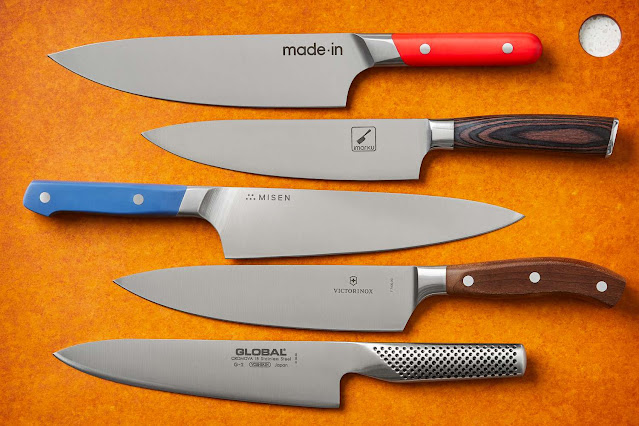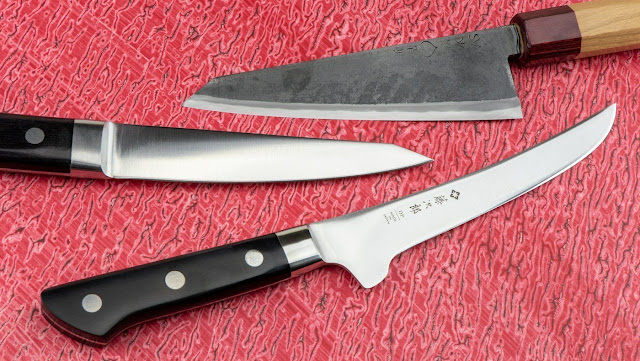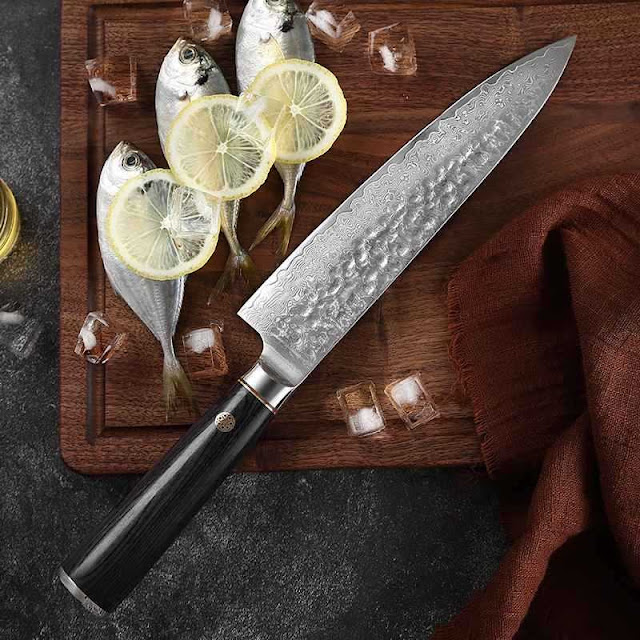A Comprehensive Guide to Choosing the Perfect Chef Knife
When it comes to cooking, a chef knife is an essential tool that no culinary enthusiast should overlook. With its versatility, precision, and ability to handle a wide range of ingredients, a chef knife is a true workhorse in the kitchen. However, with numerous options available, finding the perfect chef knife can be a daunting task. In this blog post, we will explore the world of chef knives, discussing the different types, materials, and features to help you make an informed decision.
Understanding Chef Knives:
A chef knife consists of various parts, each serving a specific function. Understanding the anatomy of a chef knife will enable you to better appreciate its design and functionality. Additionally, we will explain why investing in a high-quality chef knife is crucial for your culinary endeavors.
Types of Chef Knives:
There are two primary styles of chef knives: Western-style and Japanese-style. We will delve into the characteristics, benefits, and suitable tasks for each type. Furthermore, we will explore the versatility of Santoku knives, which have gained popularity for their all-purpose functionality.
Blade Materials:
The choice of blade material greatly affects the performance and maintenance of a chef knife. We will examine the pros and cons of stainless steel blades, carbon steel blades, and Damascus steel blades. By understanding their unique properties, you can select the material that aligns with your preferences and needs.
Blade Shapes:
Chef knives come in different blade shapes, each with its advantages. We will discuss straight-edge blades, which offer precise cuts and controlled slicing, as well as granton edge blades that reduce sticking through hollowed-out grooves.
Handle Materials:
The handle of a chef knife contributes to its comfort and usability. We will explore the qualities of wooden handles, including their charm and maintenance requirements. Additionally, we will discuss the benefits of synthetic handle materials, such as durability, hygiene, and ease of maintenance.
Choosing the Right Chef Knife for You:
Selecting the perfect chef knife involves considering factors like ergonomics, size, weight, and budget. We will emphasize the importance of a comfortable handle and balanced weight for a seamless cutting experience. Furthermore, we will provide guidance on determining the appropriate size and weight based on your preferences and culinary needs, all while considering your budget constraints.
Caring for Your Chef Knife:
Proper maintenance is vital to ensure the longevity and performance of your chef knife. We will offer tips on safe storage to maintain its sharpness and protect the blade. Additionally, we will explain the importance of regular cleaning, sharpening, and honing to keep your chef knife in optimal condition. We will also highlight common mistakes to avoid that can damage your knife.
Conclusion:
Investing in a high-quality chef knife is a decision that can greatly enhance your cooking experience. By understanding the different types, materials, and features of chef knives, you can make an informed choice that suits your culinary needs and preferences. Remember, a well-maintained and properly used chef knife can become your most trusted kitchen companion for years to come.




Comments
Post a Comment